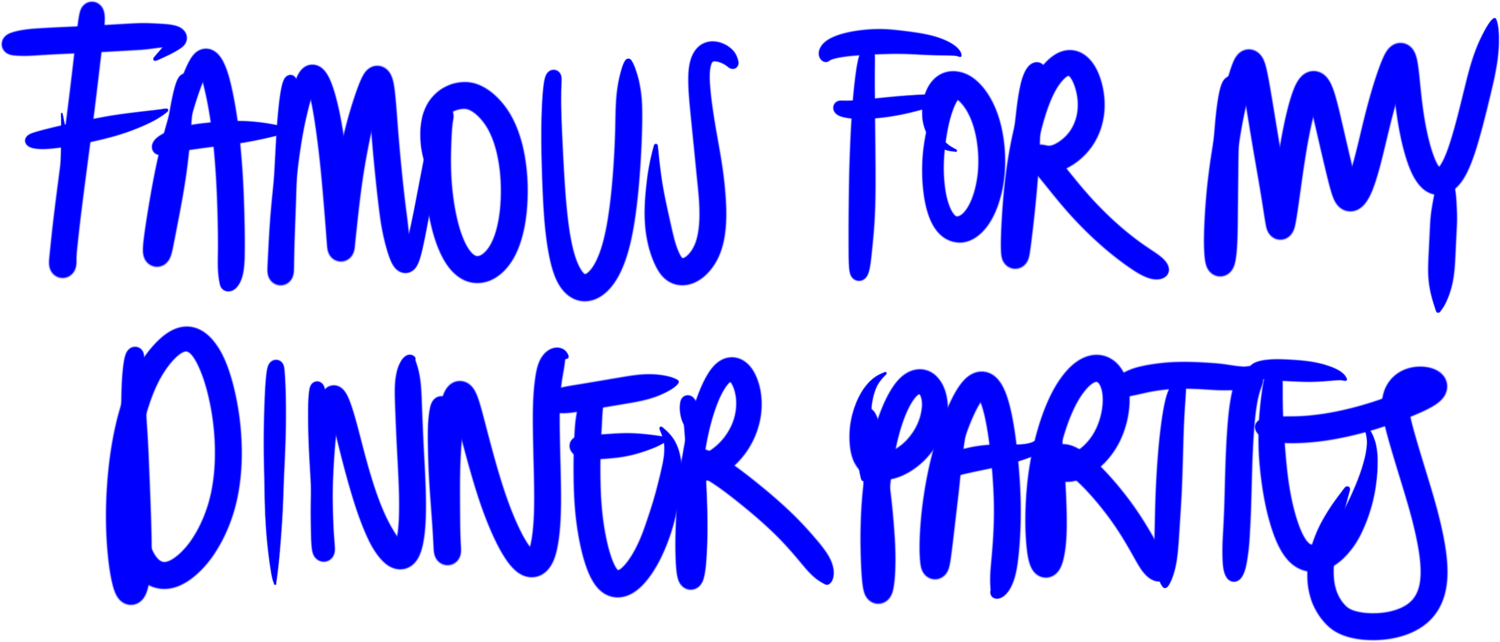A LITTLE BIT OF MAGIC: FAD DIETS AND THEIR FAILED PROMISES
A lot has been said about the various ways in which food shapes our lives, our cultures and our identities. The flip side of the cliché ‘you are what you eat’ would be that you’re not what you don’t eat, but that doesn’t seem to be quite as true. Not only do we forge our identities through the food we eat: the food we omit seems to be of similar importance. Shoving certain ingredients to the side (or off) of the plate can have a myriad of reasons, ranging from religious motivations to hype, personal taste preference, climate consciousness, allergies or other health-related choices. All of these decisions about what to eat and what not make up for our diets, and as such, ‘the diet’ is old as man. Another kind of diet is much newer, however.
Body types have been going in and out of trend for a long time. An idea that many are familiar with is that in old Europe, obesity was a sign of wealth and, as such, aspirational. While there is truth to that, people have also been looking down on obesity for a long time. As far back as the fifteen-hundreds, the gluttony associated with obesity meant that fat people were considered immoral. In fact, the first-ever dieting book, written by the Italian Luigi Cornaro, was published in 1558. It propagated a diet of a modest twelve ounces of food and a whopping fourteen ounces of wine a day. By 1730, vegetarianism was introduced into the West through a dieting book; by the eighteen-hundreds, ideas like low-carbing and vinegar diets began to pop up. Calorie-counting was introduced in a 1918 diet book; by the nineteen-twenties cigarettes with or without added amphetamines were marketed for weight-loss — and by the thirties, laxatives were added to ‘reducing breads’ and the first diet drinks hit the market.
Over time, with food becoming more abundant in many rich countries, the discipline associated with being thin, as well as the availability of time to spend exercising and sourcing healthy ingredients, came to define ‘success’. Of course, a nutritious diet and enough exercise are essential to allow for a healthy life — among many other factors that are harder to grasp. In the last century, however, with both obesity numbers skyrocketing and scrutiny about body types becoming stronger, a surge in beauty standard-related diseases and somewhat less harmful dieting trends became apparent. Out of the wish to obtain a body that represents success, many so-called ‘fad diets’ were born. While these diets range from the ‘seven days, fifteen pounds’ kind to more structural lifestyle changes, the common denominator is that they are often very popular for a short amount of time, before passing the baton to the next one. Some are quickly forgotten, others stick around a little longer, while even others make surprise comebacks years or sometimes decades later. They often promise the impossible: pain-free (and quick) ‘perfect bodies’, a cure-for-all, a gateway to health, beauty and happiness. This effect is often achieved by a kind of miracle ingredient that is said to have properties so special, it will change your life. Fad diets aren’t as innocent as they seem: In 1977, a liquid protein fad diet was blamed for at least sixty deaths.
Despite the risks, they are big business, and the landscape of restrictive, depressing fad diets is vast. Their doctrines range from strange to bizarre to outlandish. Here are some of the most wild and interesting ones. (Click on images to enlarge)
Text and Food Styling: Yannic Moeken
Copy Editing: Charlotte Faltas
Photography: Junshen Wu
Creative Production: Sandra von Mayer-Myrtenhain
Sources:
The History of Dieting
Garabed Eknoyan: A History of Obesity, or How What Was Good Became Ugly and Then Bad
William F. Williams: Encyclopedia of Pseudoscience: From Alien Abductions to Zone Therapy
Sarah Allard: Cabbage Soup Diet: Everything you need to know about the cabbage soup diet plan
Nebraska State Medical Journal: A Milk and Banana Diet For the Treatment of Obesity
Lynn Grieger: Grapefruit Diet
Lutho Pasiya: The 1970s ‘egg and wine’ diet has resurfaced
This weird ‘Egg and Wine’ diet which featured in Vogue
Laura Slater: Diet Secrets From the Silver Screen
Conor Heffernan: The Lamb-Chop and Pineapple Diet
Rosie Fitzmaurice: We speak to the man behind the celery juice craze that’s all over the gram
Amy Clark: Why people are drinking celery juice every morning and whether you should do it too
Sabrina Barr: Ice Cream Diet: How Does It Work and Is It Good For You?
Megan Smith: The Ice Cream Diet Plan









